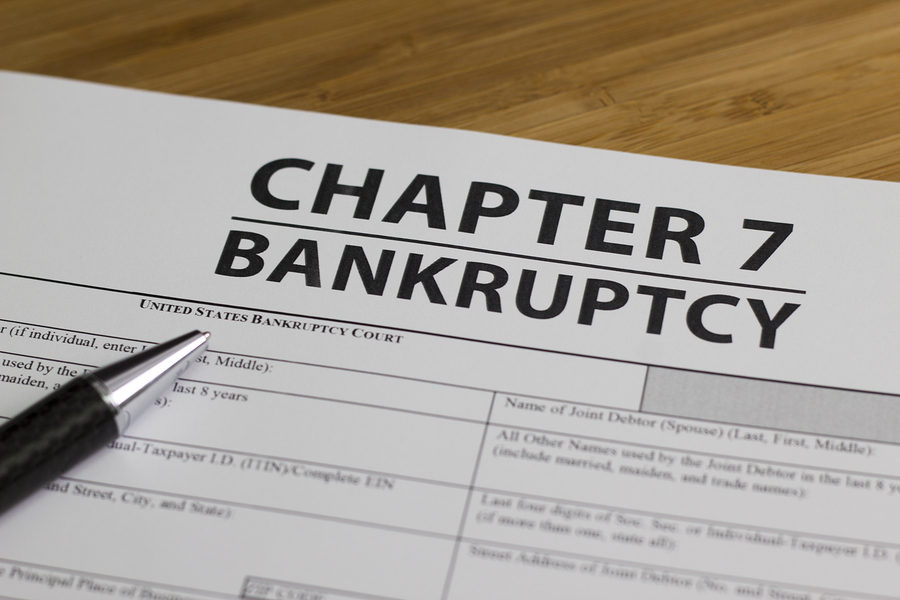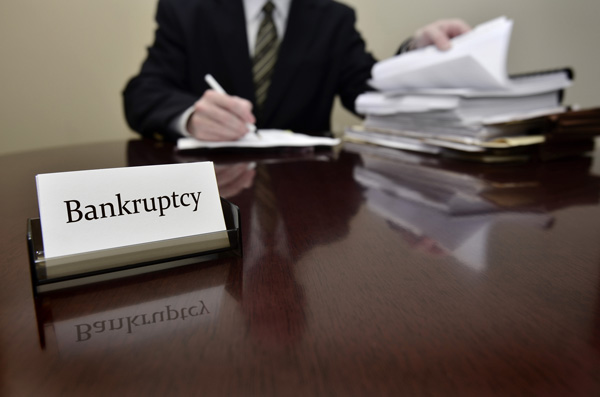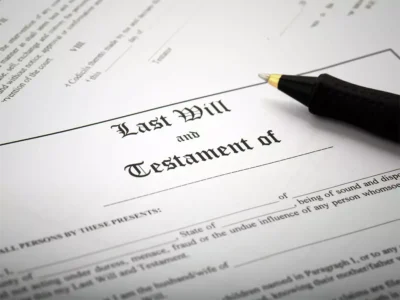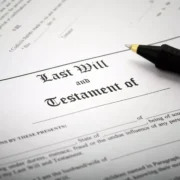While many may think that becoming bankrupt is the worst thing that can happen to them, it’s not exactly the end of the world as some people claim it to be. Yes, choosing to file for bankruptcy is a big decision that will profoundly affect your current and future financial prospects. But under the right circumstances, such a decision can offer you peace of mind and a clean slate.
How do you know if it’s the right time to consider bankruptcy as a sound financial decision? If you can relate to more than one of these, then filing for bankruptcy may improve your current situation.
- Your mortgage and/or car payment is already overdue by more than a month.
- You have to use your credit card to pay for basic expenses such as transportation, groceries, or housing.
- You must take high interest loans like payday loans and cash advances to make ends meet.
- You have unusually high expenses or have just experienced a major loss of income.
- You are unable to pay your tax debt in the past 12 or 24 months.
- You are losing sleep over money and are feeling anxious about debt collectors.
- You have received notice that your home will be foreclosed or your car is about to be repossessed.

Different Types of Bankruptcy
Bankruptcy is not a one-size-fits-all choice. There are different types that are designed for different situations, and you have to choose the right one for you.
Chapter 7. Chapter 7 is the most common type of bankruptcy. It is referred to by some as liquidation bankruptcy because it wipes out most types of unsecured debts, including credit card debt, medical bills, federal loans, and past-due rent and bills. Chapter 7 bankruptcy may also erase student loans, but that rarely happens.
For this option, you’ll need to go through a ‘means tests’ and qualify for the ‘income limit’ set by your state. Chapter 7 allows you to keep important assets like your home, car, and work equipment, but you may be forced to part ways with your other non-exempt properties. With the help of a good Chapter 7 bankruptcy lawyer in Arizona, the entire process can be completed in 3 to 4 months.
Chapter 11. A Chapter 11 bankruptcy is also known as a reorganization bankruptcy because it usually concerns a corporation or partnership. This type allows debtors to propose a reorganization plan that will let them to keep the business running and pay their creditors. If the debtor is a corporation, then the stockowners’personal assets and stocks are not at risk; only the value of their investment in the company’s stock is. The same cannot be said for a sole proprietor business, as their identity is not separate from their being the owner of the business.
Chapter 13. Known as wage earner’s bankruptcy, Chapter 13 is a way for individuals with sufficient income to repay their debts without liquidating their assets. This path is recommended to people who have the means to pay but are also having trouble dealing with creditors that demand immediate payment. It’s a way to deal with unsecured debt all while catching up on other financial obligations, such as missed mortgage payments. This process takes anywhere from 3 to 5 years, during which time the debtor will be supervised bya court-appointed trustee who is in charge of collecting and distributing payments.
Going Forward
Tomake the process easier for you, it’s worth your time and effort to look for experienced bankruptcy lawyers who can guide you every step of the way. Their presence ensures that you are aware of all your options and that you are able to make the most out of your new lease at life.












Comments